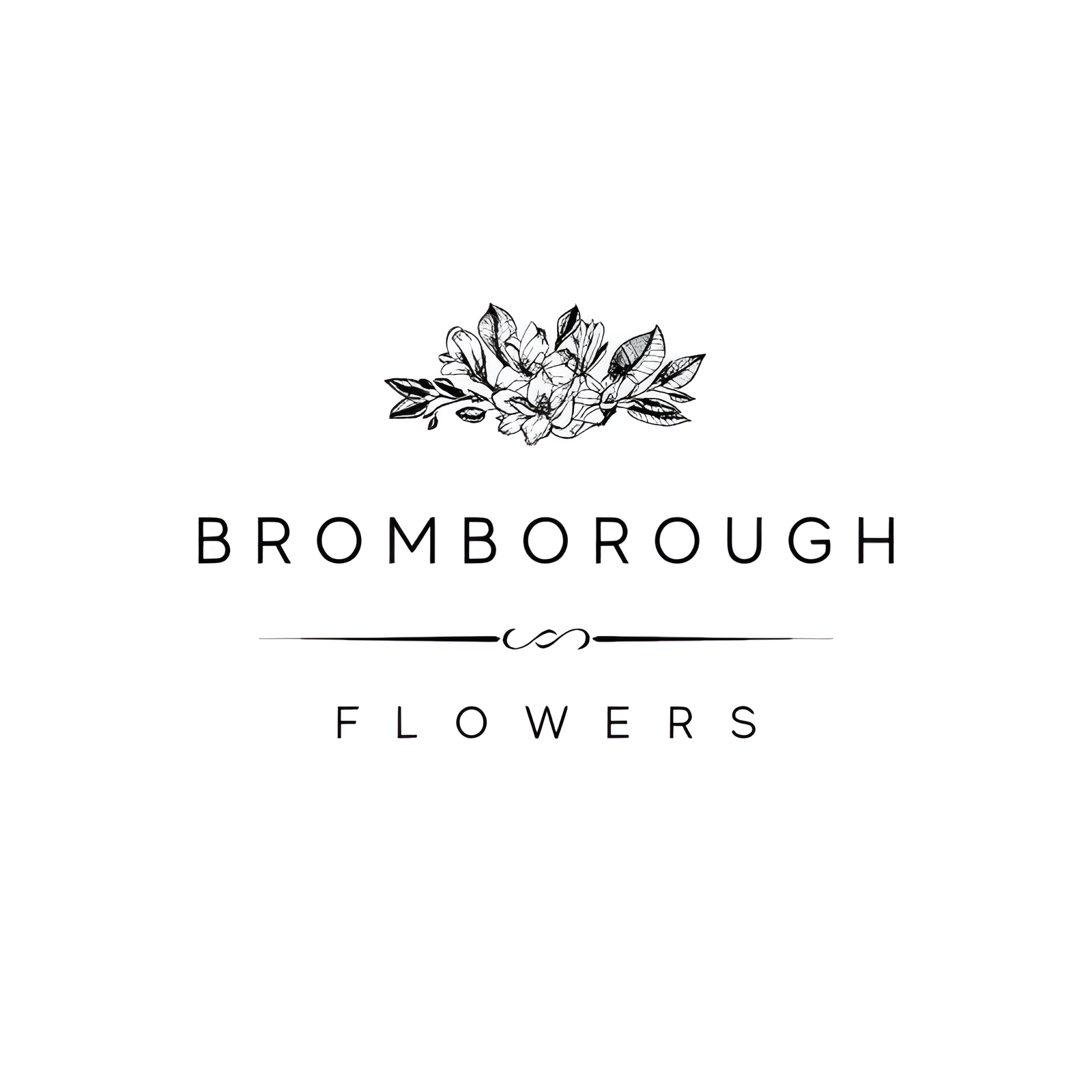Ranunculus, a favorite in the world of wedding floristry, stands out for its myriad of vibrant hues and sophisticated appeal. Known for their intricate, layered petals and luxurious texture, these blooms offer a rich palette from delicate pastels to striking bold tones, making them versatile for any wedding theme. Understanding their physical characteristics, diverse color varieties, and cultural significance can elevate your floral arrangements to new heights. What makes ranunculus truly unique, though, isn't just their aesthetic allure—there's much more to uncover about these enchanting flowers.
Flower Overview
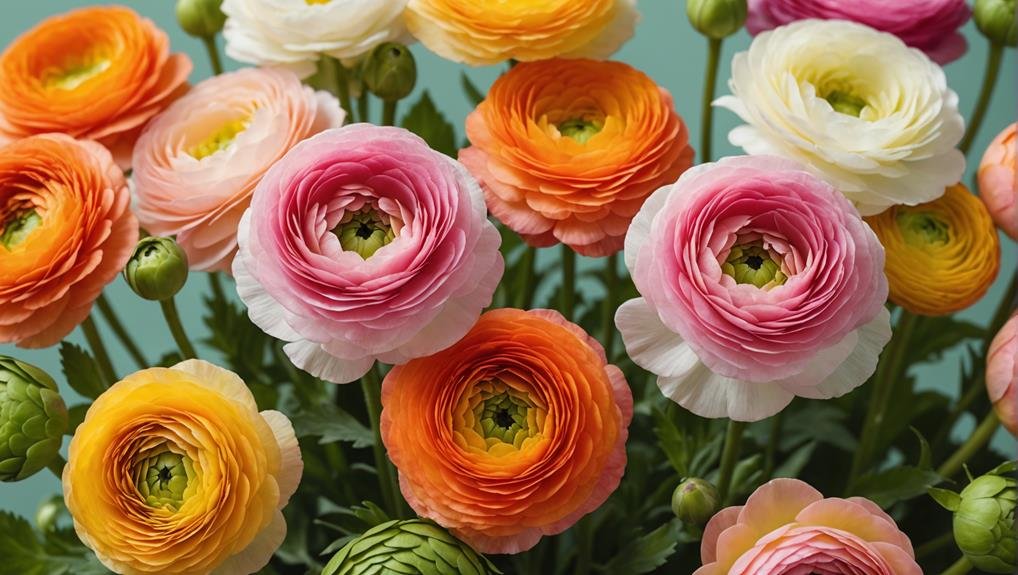
Renowned for their vibrant colors and charming symbolism, Ranunculus flowers are a versatile choice for wedding arrangements. These blooms, available in a spectrum of colors including pink, peach, red, orange, white, and yellow, offer endless possibilities for creating stunning bouquets and floral decorations. Their association with charm and wit makes them particularly fitting for weddings, where such emotions are celebrated.
Ranunculus flowers can be used in various ways to enhance the aesthetic appeal of wedding events. Whether standing alone in a sophisticated bouquet or combined with other seasonal blooms, their delicate petals and rich hues create a captivating visual impact. White Ranunculus, especially, are often preferred for their elegance and purity, seamlessly blending into traditional wedding themes.
Thanks to modern cultivation techniques, these flowers are available all year round, providing flexibility for wedding planning regardless of the season. Furthermore, with a vase life of about a week to two weeks with proper care, Ranunculus ensures that wedding arrangements remain fresh and vibrant throughout the celebrations. This longevity, combined with their versatility and array of colors, establishes Ranunculus as a popular and practical choice for weddings.
Physical Description
The delicate, paper-thin petals of Ranunculus flowers, often likened to those of peonies, create a lush, layered bloom that is both intricate and visually stunning. Each stem typically produces one large bloom, composed of multiple concentric circles of petals that overlap to form a captivating sphere. This detailed structure lends a sense of depth and richness to any floral arrangement, making Ranunculus flowers a popular choice for weddings and other romantic occasions.
Ranunculus flowers are renowned for their charm and wit, symbolizing elegance and playfulness. The flowers come in a wide range of colors, offering versatility and adaptability to various themes and settings. The palette includes hues such as white, pink, peach, red, orange, and yellow, providing ample options for customization. Despite their delicate appearance, the blooms have a commendable vase life of about 4 to 5 days, ensuring they maintain their beauty throughout the event.
The structural integrity of the Ranunculus's large blooms, combined with their delicate petals, makes them a preferred selection for bouquets, centerpieces, and other floral decorations. Their timeless elegance and vibrant colors seamlessly enhance the aesthetic appeal of any celebration.
Available Colour Varieties
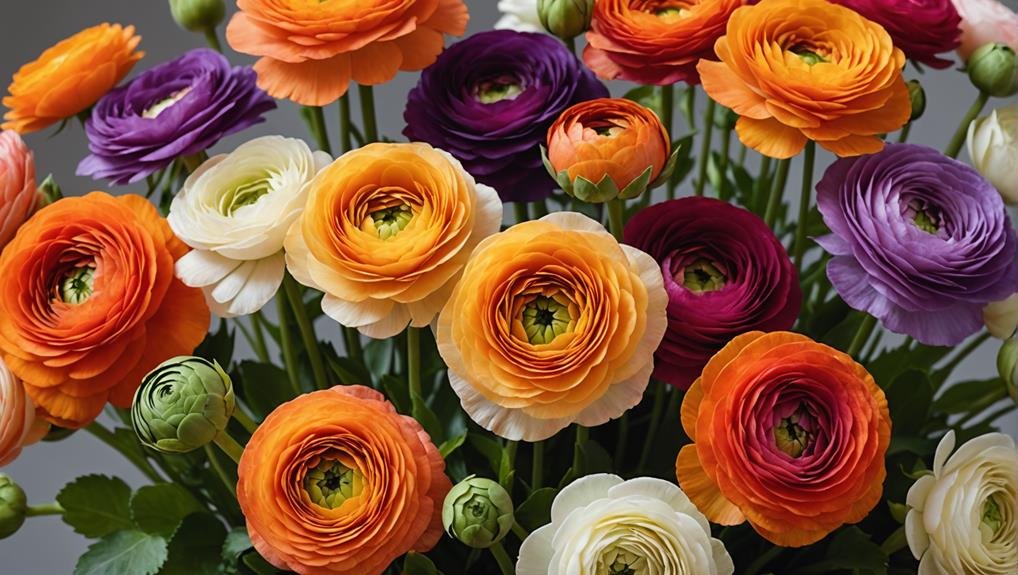
Ranunculus flowers offer an impressive spectrum of colors, ranging from soft pastels to vibrant, bold hues, making them an ideal choice for any wedding color scheme.
Among the most popular choices are the yellow and white ranunculus, known for their bright, cheerful appearance. These flowers can effortlessly brighten any bouquet or centerpiece.
Shades of pink, from blush to fuchsia, provide a romantic touch that complements a variety of wedding themes.
Orange ranunculus, with their warm and lively tones, add a pop of color to any arrangement, while red ranunculus bring a classic and passionate element to floral designs.
For those seeking a more sophisticated look, burgundy ranunculus offer deep, rich hues that can create a dramatic effect. Peach ranunculus, with their soft and delicate coloration, are perfect for adding a gentle, understated elegance to wedding decor.
In addition to these single-color varieties, bicolor blooms such as white and orange ranunculus provide unique visual interest and enhance the depth of any floral arrangement.
This diverse color palette allows for endless customization possibilities, ensuring that ranunculus flowers can perfectly match any wedding theme and personal preference.
Latin Name and Taxonomy
While the vibrant color varieties of ranunculus captivate many, understanding its Latin name and taxonomy offers deeper insight into this beloved flower. Known scientifically as *Ranunculus asiaticus*, the ranunculus belongs to the Ranunculaceae family, a diverse group of flowering plants.
The genus *Ranunculus* includes approximately 600 species, encompassing annuals, biennials, and perennials. The name 'Ranunculus' is derived from the Latin word 'rana,' meaning frog, alluding to the plant's preference for moist environments.
The taxonomy of *Ranunculus* is broad, featuring an array of species with distinct characteristics. These variations can be observed in several aspects:
- Flower Color: Ranunculus flowers exhibit a wide spectrum of colors, ranging from soft pastels to vivid hues.
- Leaf Shape: The leaves of different *Ranunculus* species can vary significantly, from finely divided to broader, more robust forms.
- Plant Structure: The size and growth habits of these plants also differ, with some species being compact and others more sprawling.
Understanding the Latin name and taxonomy of *Ranunculus* not only aids in identification but also enhances appreciation for the unique and diverse features of these exquisite flowers.
Geographical Origins
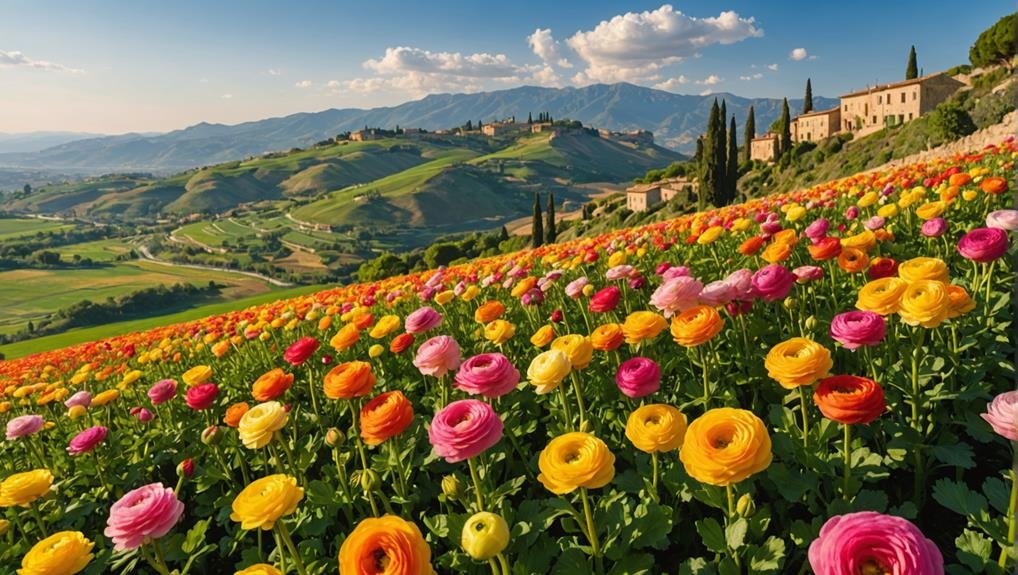
Originating from diverse regions across Asia, Europe, and North America, ranunculus flowers have adapted to thrive in various cooler climates. These versatile blooms are particularly prevalent in countries like Japan, China, and Turkey, where the environmental conditions are conducive to their growth. The natural habitats of ranunculus span a wide range, from the temperate zones of Asia to the varied landscapes of Europe and the diverse climates of North America.
In Japan and China, ranunculus are cherished for their vibrant colors and intricate petal formations, often gracing gardens and floral arrangements. Turkey, with its unique geographical position straddling both Europe and Asia, also provides a hospitable environment for these flowers. The country's varied topography and moderate climate offer ideal conditions for ranunculus cultivation.
The prevalence of ranunculus in these regions demonstrates their adaptability to cooler climates, where mild winters and moderate temperatures are the norm. These environmental factors not only influence their growth but also their availability and cultivation practices.
Understanding the geographical origins of ranunculus is essential for appreciating their resilience and beauty, making them a favored choice for weddings and other special occasions.
Season Availability
Due to their peak blooming periods, these flowers are most prominently available during the winter and spring seasons. This makes ranunculus an ideal choice for weddings planned from December to May. Their vibrant colors and delicate petals enhance the aesthetic of winter and spring nuptials, offering a versatile option for various wedding themes.
However, thanks to modern cultivation techniques, ranunculus flowers are now accessible year-round. These advancements in horticulture have greatly increased their availability, allowing couples to incorporate ranunculus into their wedding decor regardless of the season.
Peak Seasons: Ranunculus flowers are naturally at their finest during the winter and spring months.
Extended Availability: Modern cultivation techniques have made it possible to find ranunculus flowers all year round.
Wedding Planning: These flowers are most commonly sourced for weddings between December and May.
The availability of ranunculus may still vary based on geographic location and local climate conditions. Thus, it is advisable to consult with local florists to ensure the best quality and selection for your wedding needs.
Embracing these versatile blooms can add a touch of elegance and charm to any wedding celebration, regardless of the time of year.
Growing Conditions
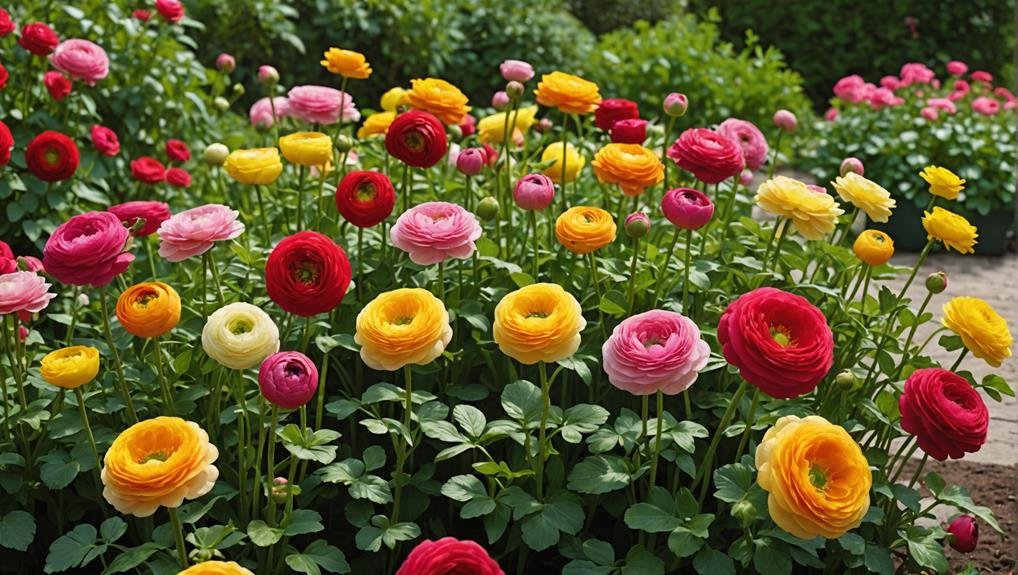
Ranunculus thrive best in cool climates with well-draining soil and ample sunlight. These flowers prefer temperatures ranging from 50-60°F, which are ideal for their growth. Ensuring well-draining soil is essential, as standing water can lead to rot, effectively diminishing the plant's vigor. For the best results, it's recommended to plant ranunculus bulbs in the fall, allowing them to establish their roots and prepare for vibrant spring blooms.
Exposure to full sun is necessary for ranunculus to flourish, as it maximizes photosynthesis and promotes healthy growth. Adequate sunlight combined with cool temperatures creates the perfect growing conditions. Regular watering is required, but one must be cautious to avoid overwatering, as excessive moisture can lead to root rot and other fungal diseases.
Proper air circulation around the plants is also important, as it helps prevent mildew and fungal infections. This can be achieved by spacing the plants appropriately and avoiding overcrowded planting arrangements.
Cultural Significance
Frequently chosen for its symbolic meanings, the ranunculus flower holds significant cultural value, particularly in wedding ceremonies. Revered for its representation of charm and wit, the ranunculus adds a layer of sophistication and depth to any nuptial celebration. This flower's association with peonies and anemones further enhances its cultural significance within floral arrangements, making it a beloved choice for expressing romantic feelings.
The ranunculus flower's vibrant palette, available in shades of pink, red, peach, orange, white, and yellow, offers ample opportunities to convey emotions and sentiments. Its versatility allows it to stand alone or be paired with other blooms, seamlessly fitting into various wedding themes and styles. Incorporating ranunculus into wedding celebrations provides an elegant touch that reflects the couple's taste and personality.
- Symbolism: Represents charm and wit, enhancing the cultural significance of wedding ceremonies.
- Versatility: Can be used alone or paired with other flowers, offering flexibility in floral arrangements.
- Expression: Comes in various colors, perfect for conveying romantic feelings and adding a personal touch to the decor.
In essence, the ranunculus flower's cultural significance and aesthetic appeal make it an indispensable element in wedding floral arrangements.
Typical Use in Weddings
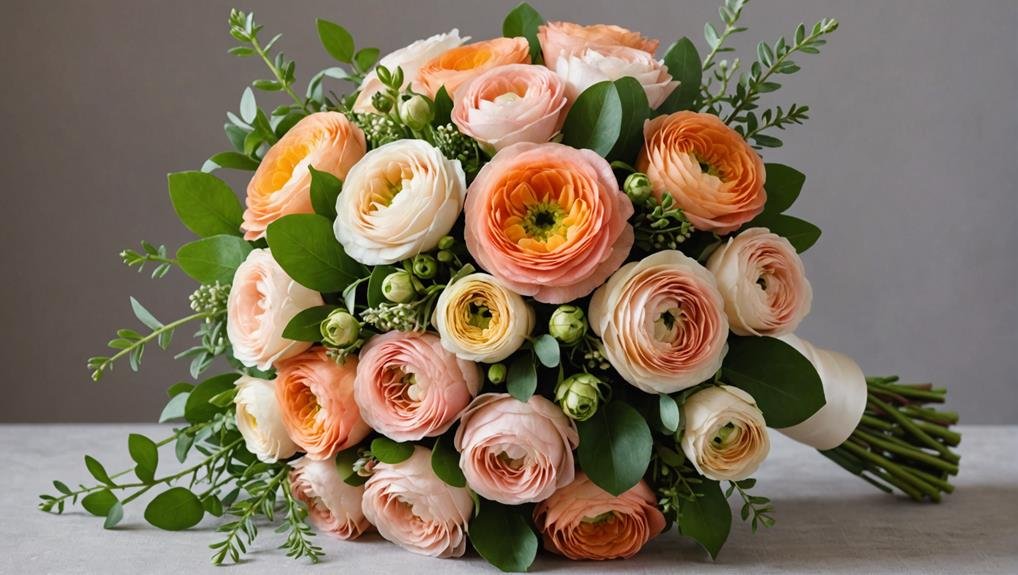
With its symbolic charm and versatile color palette, the ranunculus finds itself prominently featured in various wedding elements, such as bridal bouquets, bridesmaid bouquets, boutonnieres, corsages, and centerpieces.
The ranunculus is celebrated for its ability to enhance the aesthetic of any wedding arrangement, whether aiming for a romantic, diverse, unique, or artistic style.
Often regarded as a bride's favorite, ranunculus adds a sophisticated touch to the bridal bouquet. Its lush, multi-petaled blossoms work harmoniously with other popular wedding flowers, creating visually stunning and cohesive wedding bouquets.
Bridesmaid bouquets and boutonnieres also benefit from the inclusion of ranunculus, offering a unified look throughout the wedding party.
The flower's extensive range of colors, from white and pink to peach, red, orange, and yellow, allows it to fit seamlessly into various wedding color schemes. This adaptability makes it a go-to choice for many popular weddings, regardless of the season or theme.
Moreover, adding ranunculus to centerpieces and corsages contributes to a cohesive and elegant ambiance. Their cost-effective nature guarantees that couples can achieve a fresh, elegant look without compromising on quality, making ranunculus an ideal choice for wedding flowers.
Alternative Flower Types
When selecting alternative flower types for wedding arrangements, peonies, anemones, and garden roses stand out as exceptional choices. These flowers not only offer variety but also bring a unique charm and elegance to wedding decor.
For instance, white peonies are often favored for their lush, full blooms and soft, romantic appearance. Garden roses, similar in shape to peonies, provide a timeless and classic look that complements any wedding theme.
A diverse selection of flowers can be considered to enhance the floral design:
- Tulips: Ideal for a fresh, spring-like ambiance.
- Dahlias: Perfect for adding texture and vibrant colors.
- Hydrangeas: Known for their voluminous clusters and versatility.
Additionally, lilies contribute a sophisticated and fragrant touch, while sunflowers bring a cheerful and rustic vibe, making them perfect for summer weddings.
For those seeking more unique options, protea, calla lilies, and succulents offer distinct and memorable designs that stand out in any floral arrangement.
